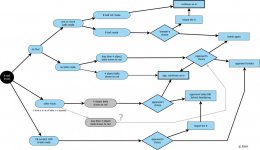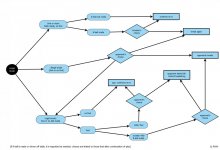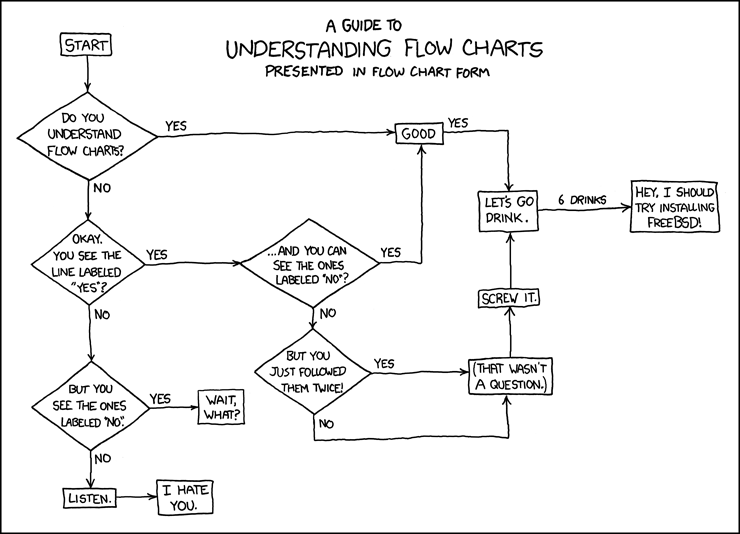rupcha
Registered
After playing Pool for about a year now, I have tried to read and understand the WPA rules for the 8-ball break -- and failed.
I drew a little diagram of the rules, which made me at least understand why nobody else seems to completely know the rules (see attachment below).
What happens when you foul, but also do not drive 4 balls to a rail? Does the "illegal break" according to 3.3(d) take precedence over a foul? I.e. opponent has option to let you rebreak or break himself. Or does the foul according to 3.3(g/h) take precedence, giving the opponent the option of taking ball in hand behind the head string?
Does anybody but Bob Jewett even know the answer?
Thanks
Rupert
I drew a little diagram of the rules, which made me at least understand why nobody else seems to completely know the rules (see attachment below).
What happens when you foul, but also do not drive 4 balls to a rail? Does the "illegal break" according to 3.3(d) take precedence over a foul? I.e. opponent has option to let you rebreak or break himself. Or does the foul according to 3.3(g/h) take precedence, giving the opponent the option of taking ball in hand behind the head string?
Does anybody but Bob Jewett even know the answer?
Thanks
Rupert



